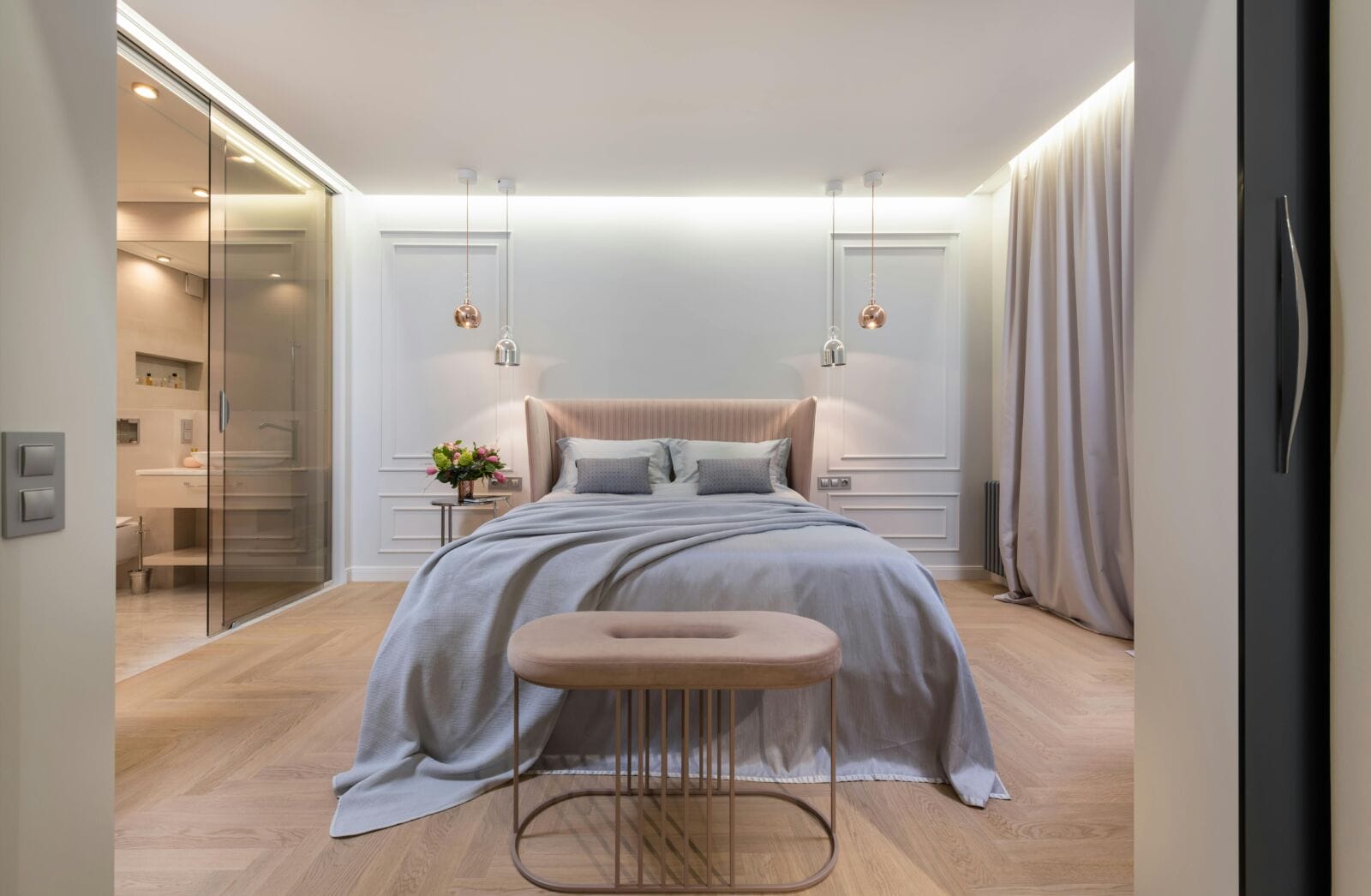The urban skyline in the country is now filled with buildings and modern architecture. And if you notice carefully, you will see a growing use of glass curtain walls in achieving aesthetic yet functional designs in those buildings. If you are looking for such an impressive design that is both energy efficient and sustainable, consider installing glass curtain walls.
However, the installation process for glass curtain walls can be quite complex. You need to get quality materials from trusted glass curtain wall manufacturers. Also, you need to follow a step-by-step approach to ensure there is no flaw in the design.
MORE NEWS: Phoenix bucket list: 25 things you must do
Step 1: Planning and Design
The first step toward installing a glass curtain wall is to evaluate the site and the structure of the building. Carefully assess the dimensions and design of the building. This assessment will help you identify the potential challenges your team may face while installing the glass curtain wall.
Based on the initial assessment, your team creates a glass curtain wall design that aligns with the building’s requirements and architectural goals. Your team will also choose the glass type, frame material, and any special coatings needed for UV protection or energy efficiency based on the customization requirements.
Step 2: Selecting and Procuring Materials
Depending on your architectural goals and building needs, such as UV protection and thermal insulation, you can choose from the following three glass options for curtain walls:
- Insulated Glass Units (IGUs): This glass material is great for energy efficiency.
- Laminated Glass: This glass material provides added security and sound insulation.
- Tempered Glass: This glass material is popular for its durability, strength, and safety.
Once you have selected the glass type, you need to confirm the frame material for the curtain walls. Due to its lightweight nature and corrosion-resistant properties, aluminum is the first choice for most fabricators and glass installation workers. If you do not have a unique preference, you can finalize the materials and procure them from reliable suppliers to ensure good quality.
Step 3: Fabrication
This is the last step before the actual installation work begins. This is also a crucial step in the entire process, as it involves preparing the glass panels and aluminum frames based on the design needs.
The frames are then cut, drilled, and assembled while others work on treating, shaping, and polishing the glass. These measures ensure that assembling all the components at the site is as seamless as possible.
Step 4: Installing the Frames
The frame installation process can be divided into two phases:
- Anchoring the Frames: The frame installation team uses brackets or anchors to ensure the frames are properly attached to the building structure. During this stage, the team needs to work with precision to ensure proper alignment and stability.
- Alignment and Leveling: In this stage, the team ensures that the frames are properly aligned and leveled. This measure paves the path for a hassle-free glass panel installation, perfect fit, and structural integrity of the entire system.
Step 5: Installing the Glass Panel
While fitting the glass panels into the frames, the installation team needs to be extremely careful. This step involves applying silicone or gaskets to secure the glass. This measure helps prevent air and water infiltration. Additionally, the team needs to inspect the glass panels and ensure they are firmly held in place. They also need to make sure that there are no cracks or defects.
Step 6: Weatherproofing
During this step, the installation team applies high-quality sealants between the gaps and joinings to create a barrier. This weatherproof barrier protects the building from wind, moisture, and other external elements. The team may also add thermal coatings to improve the energy efficiency of the building and prevent condensation.
Step 7: A Thorough Inspection
After the installation team is done with all the fitting, installation, and weatherproofing, it is time to conduct a final inspection of the work. Ask the architect, builder, and other experts to ensure that the glass panels are properly aligned, the panels are properly sealed, the building is weatherproof, and the installation work complies with building codes and safety regulations.
Wrapping Up
As you may have realized, glass curtain wall installation is a complicated process. You need experts with technical knowledge who can pay attention to detail while installing the materials on the building. Every step mentioned above plays a crucial role in achieving a strong and visually appealing outcome.




